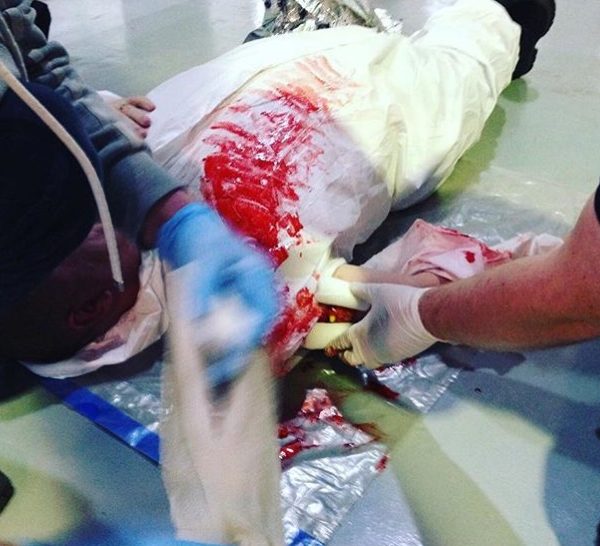In a world where emergencies can strike unexpectedly, possessing the knowledge and skills to administer first aid can mean the difference between life and death. However, as time passes, the details of these critical techniques can fade from memory. This is where a first aid refresher course steps in – a comprehensive program designed to renew and enhance the lifesaving capabilities of individuals who have previously undergone first aid training. In this article, we delve into the core elements of a first aid refresher course, shedding light on the crucial knowledge and practical abilities that are revitalized through this vital training.
Understanding First Aid Refresher Courses
A first aid refresher course is a structured and updated training program that revisits and reinforces the principles, procedures, and techniques of first aid. It is designed to refresh the memory of participants who have previously completed a comprehensive first aid course, ensuring that their skills remain sharp and up to date.
Key Components of a First Aid Refresher Course
Cardiopulmonary Resuscitation (CPR) Renewal
CPR is a fundamental skill in first aid, aimed at restoring breathing and circulation during cardiac emergencies. A refresher course covers the latest CPR guidelines, emphasizing the correct compression depth, rate, and hand placement. Participants practice hands-on CPR techniques on mannequins to reinforce their skills.
Automated External Defibrillator (AED) Proficiency
AEDs are crucial devices that analyse heart rhythms and deliver electric shocks if needed. Participants review AED operation, electrode placement, and protocols for using these devices effectively to restore normal heart rhythms.
Choking Management
Participants revisit techniques for providing first aid to choking victims, including recognizing airway obstruction, performing abdominal thrusts, and ensuring safe and effective removal of the obstruction.
Bleeding Control and Wound Care
A refresher course covers techniques for controlling bleeding, applying pressure dressings, and managing wounds. Participants learn to assess the severity of bleeding and practice appropriate wound care procedures.
Shock and Trauma Response
Recognizing and managing shock is a critical aspect of first aid. Participants refresh their understanding of shock symptoms, causes, and appropriate response measures.
Burns and Scalds
First aid for burns and scalds is reviewed, including assessing burn severity, providing initial care, and minimizing the risk of infection.
Fracture and Sprain Management
Techniques for stabilizing fractures and providing first aid for sprains are covered in the refresher course. Participants learn to apply splints and slings to immobilize injured limbs.
Medical Emergency Situations
A comprehensive review of common medical emergencies, such as heart attacks, strokes, seizures, and allergic reactions, equips participants with the knowledge to respond effectively and confidently.
First Aid Kit Utilization
Participants familiarize themselves with the contents of a first aid kit, learning how to use different items for various situations. Proper maintenance and restocking of the kit are also emphasized.
Scenario-Based Drills
Practical exercises simulate real-life emergency scenarios, allowing participants to apply their refreshed skills in a controlled setting. These drills enhance their ability to respond calmly and effectively during stressful situations.
Benefits of First Aid Refresher Courses
Skill Retention
Participants retain and refresh their first aid skills and knowledge.
Updated Guidelines
Participants learn the latest best practices and guidelines in first aid.
Confidence Renewal
A refresher course boosts participants’ confidence in their ability to respond to emergencies.
Adapting to Changes
Changes in protocols and procedures are addressed to ensure participants stay up to date.
Emergency Preparedness
Refresher courses maintain participants’ readiness to aid during critical incidents.
Breathing New Life into Lifesaving Skills
A first aid refresher course is not merely a repetition of previous training; it is an opportunity to breathe new life into vital skills that can save lives. As participants renew their commitment to being first responders, they embody a culture of preparedness, compassion, and rapid intervention that resonates through communities, workplaces, and daily life. Through the regular renewal of their first aid expertise, individuals become pillars of safety and hope, standing ready to bridge the gap between crisis and recovery with the power of knowledge, proficiency, and human empathy.



